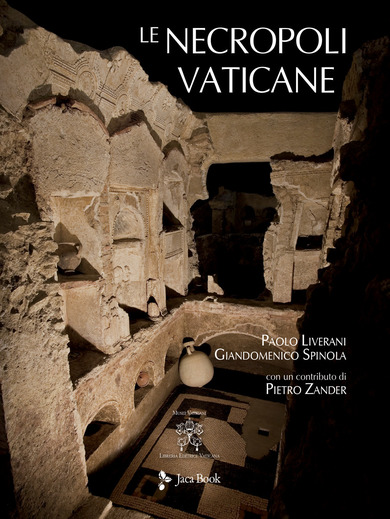The immense hidden heritage of the city of the dead of ancient Rome, a living and lived space, full of splendid artistic testimonies. Far from the great imperial tombs and the noble tombs of the Appian Way, the submerged world of the necropolis highlights the clear perception of crossing two thousand years of history at once. Rich aedicules decorated with mosaics and stuccos, or poor earthen burials, occupy the area under the San Peter’s Basilica and along the Via Trionfale, with such density as to amaze the same archaeologists who were the first to prepare to carry out the recovery excavations. The "Vatican necropolis", a monumental sector of a section of the necropolis along via Cornelia luckily preserved under the central nave of St. Peter's basilica, was rediscovered thanks to the excavations carried out during the pontificate of Pius XII. An archaeological recovery of immense importance, as well as the first and far-sighted example of an in situ museum of an ancient necropolis. Contextualizing the necropolis in the overall panorama of the time, the volume shows a cross-section of the society, culture, and beliefs of the Romans between the ages of Augustus and Constantine - who built his great basilica over the tomb of Peter -, on the threshold of the great passage between Pagan and Christian Rome. The focus of the analysis is not based on the political and public monuments of Rome, but on the artistic monuments erected by families facing of the mystery of the afterlife. Extraordinary works for the social interest, but also of impressive artistic composure and iconographic inventiveness.


 Read Description
Read Description